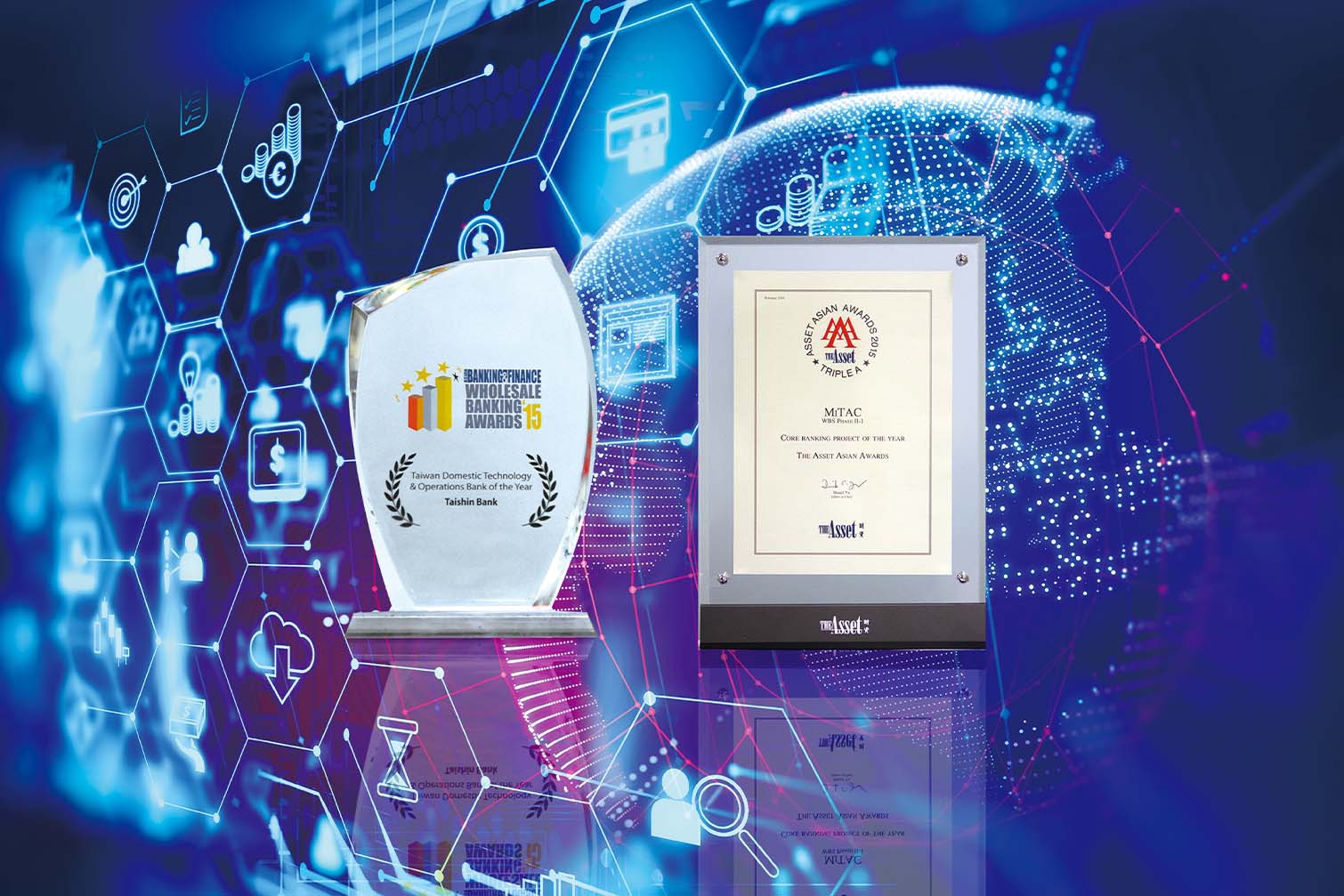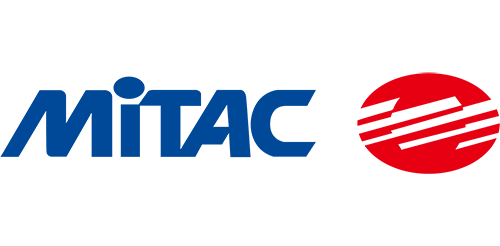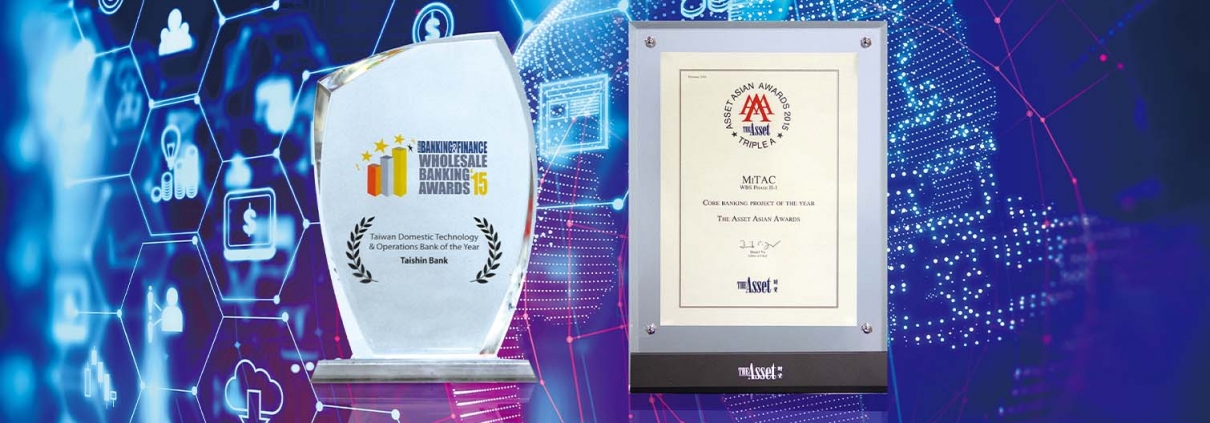MiTAC Lays the Groundwork for Smart Finance

The so-called Fintech (Financial Technology) has been developed to enhance the quality and efficiency of financial services, including uninterrupted financial services, fast online financial services, and a better user experience. Over the years, many countries have invested resources to develop related applications. As a result, “innovation” and “agility” have become the trend of today’s smart finance.
A New Era of Finance – Challenges for Traditional Banks
In the past, the financial sectors in Taiwan were highly monitored by the government; deposits could only be made through licensed sectors. In 2019, the Financial Supervisory Commission began promoting the Open Banking policy, allowing bank customers to share their data with other sectors as long as it is permitted. Financial services became available everywhere. Facing such challenges, Taiwan’s traditional banks had to embrace the introduction of new technologies to be able to survive a new generation of online banking.
Banking Core System Development Trends
The core system of a bank is primarily used for deposit, accounting, account hosting, and transaction core applications; these are the most crucial parts of the entire banking system. If there is any change in the core system, all daily operations and data transmissions will be greatly affected. That being said, to implement smart finance, the core system plays an important part. The update of the core system can drive the upgrade and optimization of any business system.
From a historical point of view, regardless of electronic checks, stock market online trading, core systems, the financial industry has always been a pioneer in innovative technology. Due to this very reason, the core systems introduced in the past have now become a liability.
Most of the core systems built by traditional banks in the 80s were based on platforms such as COBOL and Assembler, which had to be operated on large mainframes. As these platform systems aged, their maintenance costs increased, and they now no longer meet new operational objectives or the integration needed between banks. As most manufacturers of old systems have already withdrawn from the market, maintenance updates have stopped, forcing banks to convert their core systems.
However, the conversion of any core system is a huge and highly complex project. Not only are there technical issues, but also changes in the organization’s operation, data, HR and management are required. The operation must be handled with care.
Taishin Bank’s Successful Experience
Taishin Bank’s introduction of MiWBS is the most important introduction experience, from its head office to its overseas branches, including Tokyo, Brisbane, Hong Kong and Singapore branches, successfully demonstrating the collaborative innovation between technology and financial sectors. According to statistics from the Financial Supervisory Commission, as of the end of September 2020, there were approximately 5.75 million digital deposit accounts opened in Taiwan. With Taishin Bank having 2.249 million accounts, accounting for nearly half of the total, it ranked first among 33 banks. The introduction of MiWBS is certainly a key factor in creating a space for agile development and innovation for Taishin Bank.
Far Eastern International Bank New Milestone
Far Eastern Bank’s current foreign exchange system was developed 23 years ago. Just like Taishin bank, it uses the FITAS and also faces the dilemma of not being able to expand the original system. Thanks to the Taishin Bank experience, MiTAC has proven that it can successfully covert the data of FITAS mainframes. Coupled with the MiWBS’ own strengthened and established reputation within the industry, the flexible interface and operation design greatly impressed Far Eastern Bank. The Company was entrusted with the project. Given that MiWBS already has a standard core for productization, subsequent maintenance is considerably more straightforward. Our target for the future is Far Eastern Bank’s overseas branches, including Singapore, Vietnam and Hong Kong.
MiWBS Innovative Design Helps Banks Transform
The MiWBS core system uses an open JAVA language, it has a service-oriented design, is highly parameterized, and exchanges data through the MiTMS platform and other systems. Unlike older core systems, the MiWEBS has data transparency features and flexible adjustment of functions.
MiTAC has been working hard in the smart finance field with Taishin Bank, E.SUN Commercial Bank, Land Bank of Taiwan and Far Eastern International Bank. Through working closely with our customers, we have deepened our knowledge in financial areas. We continue to refine the productization of the MiWBS with a modest attitude and have made a name for ourselves in the core systems field. With the transformation of financial sectors and maturity of containerization technology, we will also be engaged in combining technical structures including micro frontend, microservices and DevOps to help future banking sectors move towards technological innovations in financial services.




